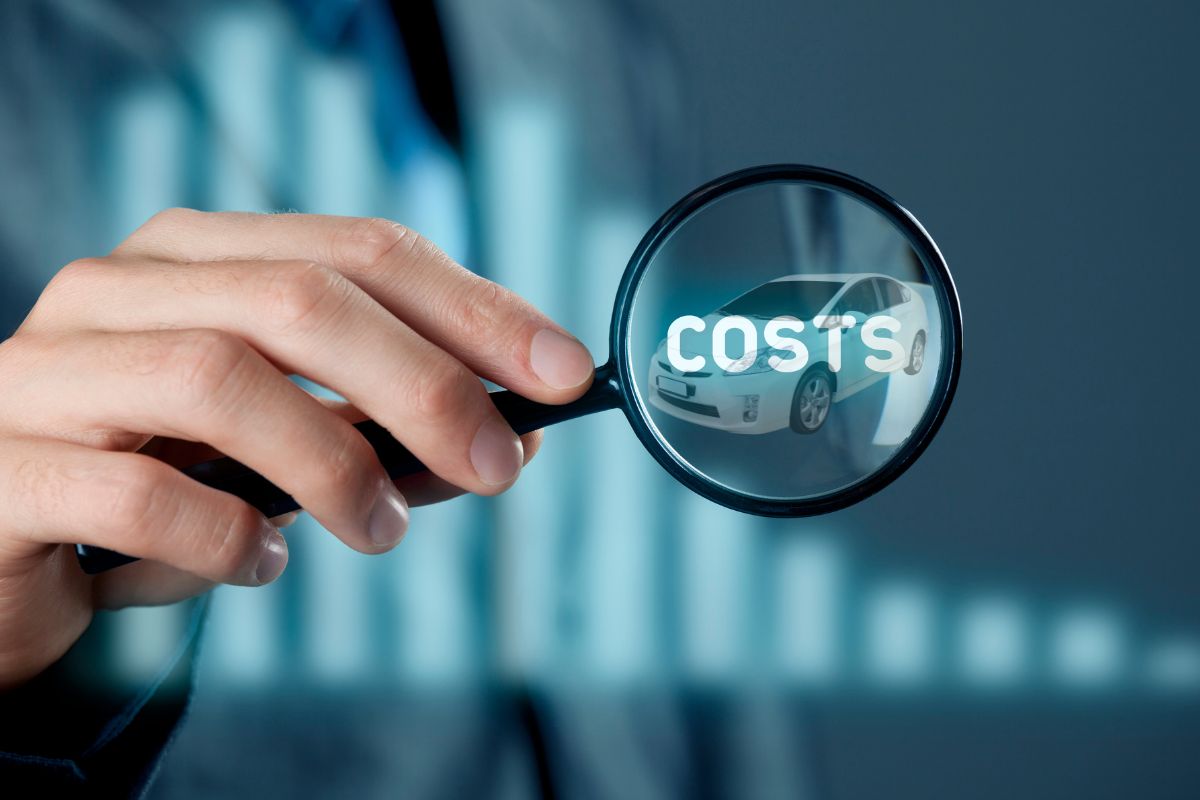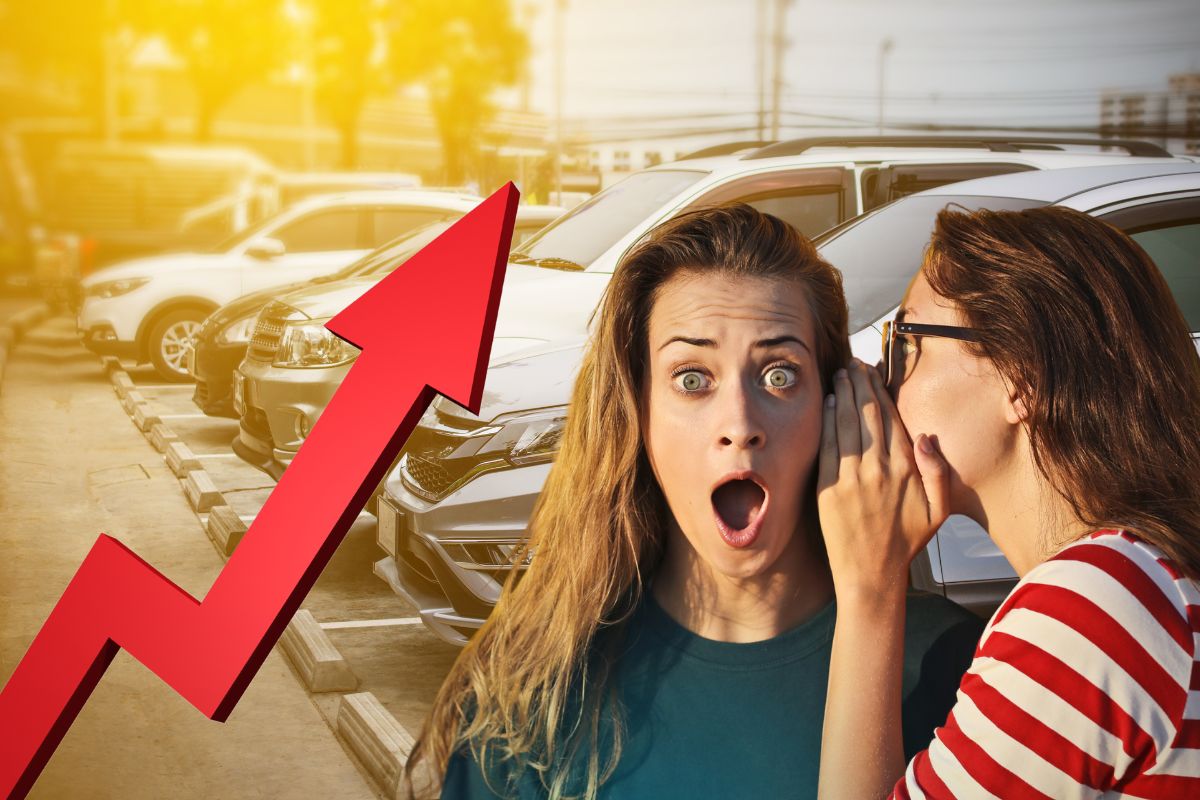In a recent interview with CNBC, Tom Wilson, CEO of Allstate Insurance, shed light on the underlying reasons for the spike in auto insurance rates. He pointed to a crucial factor that has often flown under the radar—the dramatic increase in used car prices over the past few years. This revelation connects the dots between the surge in vehicle costs and the consequential rise in insurance premiums.
The Surge in Used Car Prices
“The price of used cars skyrocketed by 60% between 2020 and 2022,” noted Wilson. This substantial increase is primarily due to supply chain disruptions and high demand following the COVID-19 pandemic. When a car that was valued at $20,000 suddenly rises to $32,000, the cost to replace or repair that vehicle also jumps significantly. Consequently, insurance rates, which are based on the value of the insured vehicle, had to follow suit.

He further explained, that the rates you’ve been paying have been based on a $20,000 car. What’s taken so long to see this ripple is the process of filing for rate increases, plus you don’t see it until renewal, so it could be six months before the rate changes for you. This lag in rate adjustments means that many consumers are only now beginning to feel the pinch of these increased premiums.
The Mechanics of Rate Increases
It is well emphasized that auto insurance plans cannot adjust rates mid-term. Instead, they must wait until the policy renewal date for any overall rate changes to take effect. This procedural delay along with the cost of used car skyrocketing has contributed to the staggered impact consumers are now experiencing. “It will come down gradually,” Wilson reassured, suggesting a more favorable rate environment in the near future.
The Role of Auto Repairs and Self-Driving Cars
While discussing the future impact of self-driving cars on insurance rates, Wilson acknowledged that “cars are getting safer, for sure” thanks to advancements in technology. However, he pointed out a critical caveat—the cost of repairs for these advanced vehicles is also climbing. For instance, a side mirror replacement that once cost $100 now runs up to $900 due to embedded smart technology. This increase in repair costs further drives up insurance premiums.
Self-Driving Cars and the Future of Car Insurance
Contrary to the belief that self-driving cars might render car insurance obsolete, Wilson dismissed this notion, indicating no cause for concern. He confidently stated that while autonomous vehicles are indeed enhancing road safety, they have not yet reduced the need for comprehensive insurance coverage. In fact, the sophisticated technology embedded in these smart cars has resulted in higher repair costs, not lower rates. A collision involving a self-driving car entails expensive and technologically complex repairs, which has paradoxically contributed to an upturn in insurance premiums. Consequently, the advent of self-driving cars has not yet altered the landscape of insurance rates favorably; instead, it underscores the ongoing necessity for robust insurance policies.
Expert Opinions
Industry experts have echoed Wilson’s sentiments. One property casualty agent mentioned, “The last time I saw a car insurance rate decrease was about ten years ago. You just don’t see this anymore.” The expert added that while specific car models might experience very small rate drops due to lower theft statistics or value dropping and even improved safety ratings, the overall trend for most people is still an upward trajectory in insurance costs.
The insights shared by Tom Wilson during his CNBC interview underscore the intricate relationship between used car prices and auto insurance rates. While the current landscape may seem challenging for consumers, the expectation is that rates will stabilize and eventually decrease as market conditions improve.
For now, staying informed and understanding the factors driving these changes can help both insurance professionals and consumers better navigate this period of auto insurance inflation.


